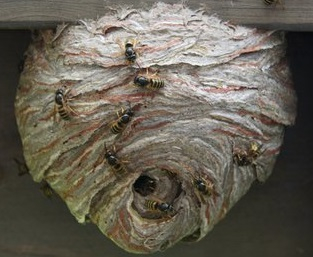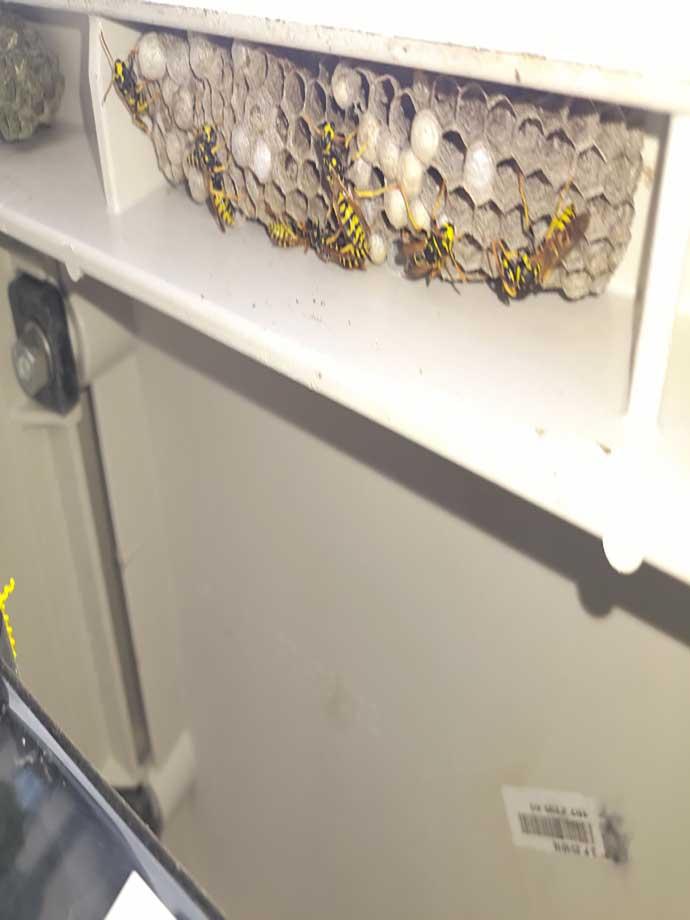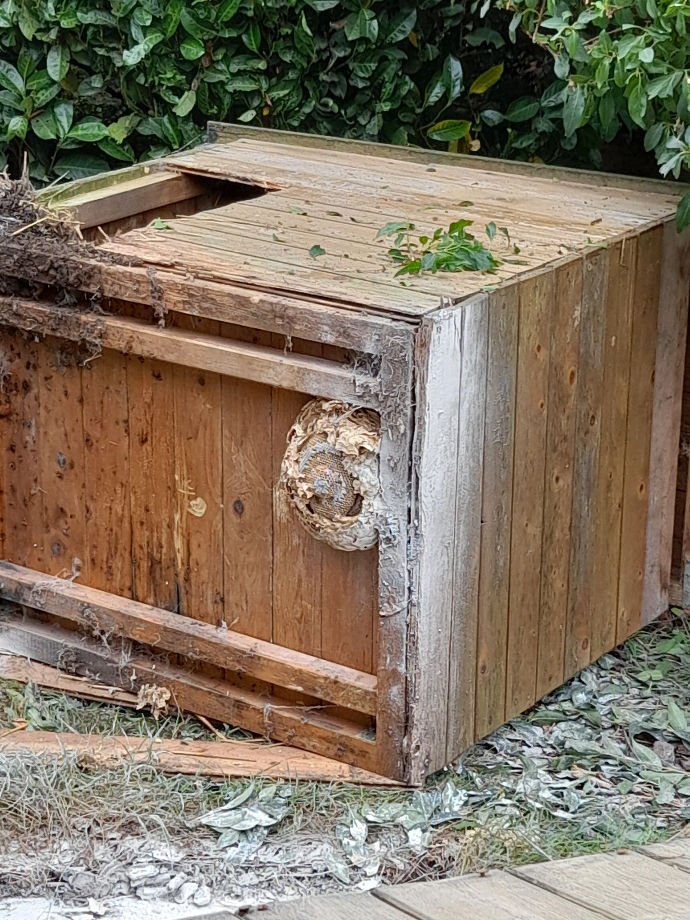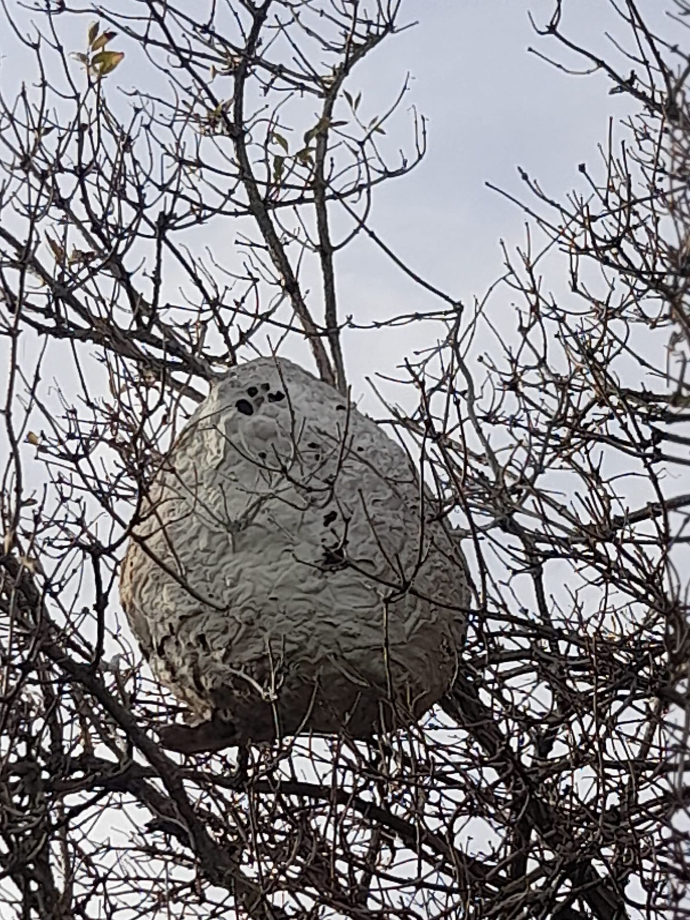Nuisibles volants : Lutte contes les guêpes et frelons
Un nid de guêpes ou de frelons ? besoin d'un technicien en pest control ? Ne paniquez pas, Contactez Ratoblast au
0487 42 02 10

Nids de Guêpes et Frelons en Wallonie, Bruxelles et Flandre : Des nuisibles qui piquent
- Intervention rapide de notre technicien en pest control
- Localisation et évaluation des risques du nuisible : guêpes ou frelons
- Disposal and destruction of nests
- Conseils adaptés et information loyale 100% Ratoblast
Why it matters to you ?
- A sting of wasp or hornet may attract a full nest because of undetectable marks from past sting.
- Risk : Besides sharp pain, there is a real danger for your health due to the venom of the sting which can be accumulated and cause a dangerous anaphylactic reaction.

Polistes Wasps
Nests of polistes often are the ones we note first. Polistes are part of wasps but the construction of their nest differs from common wasps.
In the Spring, the construction of the nest is done by a lone initial founder. She builds a nest containing between 20 to 30 juxtaposed cells intended to host eggs. After Après processing the first cell, she makes others around the first one in such way that it forms a hexagonal form.
They are by nature little aggressive however it is not wised to stay around their nest to avoid their stings.

Wasps
Most common species of know wasps in Europe is the Vespula vulgaris and the Vespula germanica.
They form vast annual colonies founded in Spring by a queen which is an impregnated female. The nest is composed by many alveoli made with a kind of paper paste produced by wasps. This sort of carton is produced by the wasps who chewed wood mixed with their saliva
Theses nests can be found all around us somewhere as cornices, attics or under a dog house.
Wasps also build their nests in orifices on the façades of houses and even in small holes on the ground.
If you want to know if it is the case, easiest way is to observe back and forth of wasps while keeping necessary special cautions.

Asian hornets and European hornets
Asian hornets builds 2 types of nests which take turns during a year :
A spring nest or a primary nest : This one is built between end of March and Beginning of April in a cover by young queen founders after hibernation. Its size is small and difficult to distinguish between a wasps nest or an European hornets nest.
A summer nest or a secondary nest : It can be built from June if weather conditions are propices. It's structure is ball-shaped and mostly made high enough above 10m while the colony's activity is high and growing and nest's capacity not enough sufficient to host all of them. It's size has a diameter between 40 to 80cm and may hosts several thousands of hornets. That nest frequently carries a small lateral opening located at half-height.
The European hornet also has the capacity to construct its nest in trees but this one is more lenghtened and has a large basal opening. Its size is more modest. Generaly hornet's nest mostly can be found in warehouses, garages, attics or hollow trees.